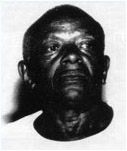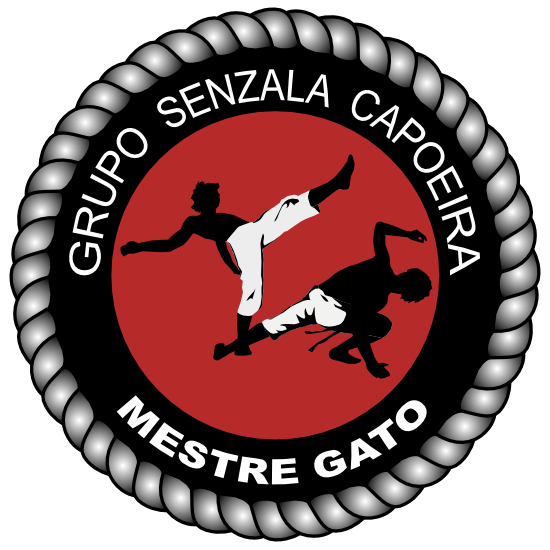Information based on that found in ‘Capoeira ~ Martial Art of Brazil’ by Lloyd Howell.
 Mestre Bimba, founder of Capoeira Regional, was born in Sao Salvador, Bahia on 23rd November 1899. Throughout his childhood he trained with his father in a form of fighting called Batuque.
Mestre Bimba, founder of Capoeira Regional, was born in Sao Salvador, Bahia on 23rd November 1899. Throughout his childhood he trained with his father in a form of fighting called Batuque.
At the age of twelve, Mestre Bimba was introduced to Capoeira, and it became a part of his life. His master was a captain of a ship which worked the coastal areas of Salvador. Bimba was taught the Angolan version of Capoeira and began teaching Capoeira de Angola in 1918.
After years of dedicated training and research he began to teach a mixture of Capoeira Angola and Batuque. This new form of Capoeira involved systematic training methods through the invention of attack and defense sequences.
These sequences became known as Sequence de Bimba and the Cintura Desprezada. Mestre Bimba also introduced a graduation system into Capoeira. Bimba’s original grading system involved the wearing of coloured scarves around the neck instead of cords around the waist as it is today.
Mestre Bimba’s form of Capoeira received it’s name from his own academy, ‘The Regional Physical and Cultural Centre’, Capoeira Regional for short. In 1932, Mestre Bimba open his first Capoeira Regional Academy. Official recognition was given to Bimba’s academy in July of 1937. From this point on the practise was restricted to registered clubs, gyms and academies but only with a special police license.
In 1936 Mestre Bimba issued a series of challenges in order to promote his new form of Capoeira. He agreed to accept challenges from any opponent in any style of fight. Master Gato has said “Mestre Bimba was a warrior with a warrior’s mentality”. Mestre Bimba was still undefeated at the time of his death.
Due to the publicity created for Capoeira, his Regional form began to spread throughout Brazil. In July of 1953 Mestre Bimba was invited to attend the Presidential Palace, where President Gertuho Vargas declared Capoeira as the National sport and fighting system of Brazil. Capoeira Regional is technically an adapted version of Capoeira Angola. Mestre Bimba adapted this style by introducing new techniques such as the galopante (a cupped hand strike). Mestre Bimba also added his own version of the kicks, such as the martelo (roundhouse kick).
Some of the Angolan techniques were adapted to the Regional form and the names of these techniques were also changed. For example the Rabo de Arraia of the Angolan school became the Meia Lua de Compasso of the Regional school. As well changing the names, Mestre Bimba also added spinning and jumping variations.
Without the structured training methods introduced by Mestre Bimba, Capoeira may have died out just like the the art of Batuque. Capoeira is now being taught and studied all over the world. The creation of Capoeira Regional would have earned Mestre Bimba a place among the legendary figures of Capoeira.
Mestre Bimba was not only the creator of Capoeira Regional, he was also an excellent singer and percussionist. He was the creator of a number of toques (rhythms) of the berimbau, such as Sao Bento de Regional, Amazonas and Iuna.
